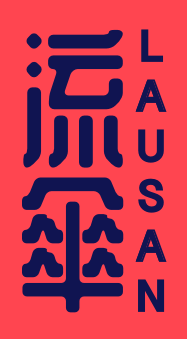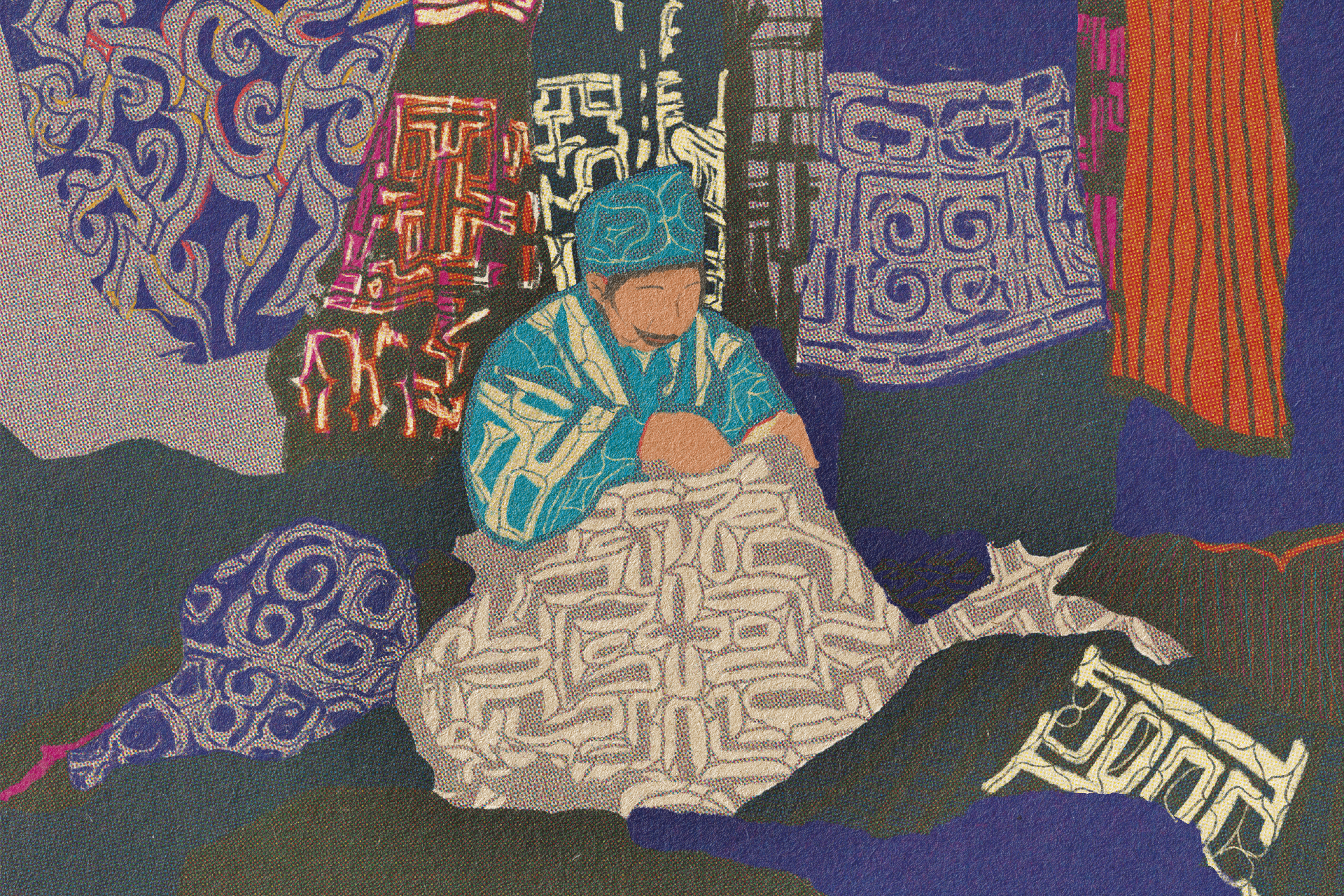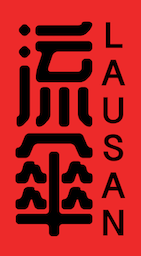In July 2020, the Japanese government opened an ethnographic “theme park” in a facade of promoting the culture of the Ainu Indigenous people of present-day Hokkaido, Japan. Ainu activists are critical of the move, claiming that it perpetuates the same structures of power that were set in place by settler colonialism—only further exploiting and commodifying Ainu people. The park’s opening serves as a reminder that Indigenous activists are still fighting for self-determination after the Japanese empire colonized Ainu lands over 150 years ago. Now more than ever, anyone who claims to oppose all forms of imperialism must recognize that the Ainu fight for liberation continues alongside other Indigenous movements worldwide. The Ainu struggle against the oppressive Japanese state is one that requires building alliances that unite with Indigenous people on a global scale.
The myth that Japan is a “homogeneous” nation is one that erases Ainu existence—one that fails to acknowledge Japan’s history and ongoing legacies of settler colonialism. Only after the fall of the Japanese empire in 1945—resulting in the loss of its colonies abroad—did the false narrative that Japanese society is ethnically and culturally homogeneous start gaining traction.1 This myth silenced the voices of the Indigenous people who remained in what was now the state of Japan.2 Through settler colonialism and forced assimilation from 1869 until 1945, Ainu have become outnumbered on their own lands. Within this ostensibly homogeneous society, little tolerance was left for non-Japanese cultures and ethnicities. Hence, the end of formal empire meant lingering discrimination, essentially perpetuating the power structures established by Japanese settler colonialism.
In the United States, Canada, Australia, New Zealand, Chile, and beyond, Indigenous communities are demanding justice for past and present wrongdoings perpetrated by settler colonialism through direct action. In the same vein, Ainu activists are struggling to realize their demands for self-determination. But like many Indigenous peoples across the world, they face a government that refuses to acknowledge the violent history and ongoing legacy of colonial exploitation, continually thwarting Indigenous demands. Recent developments such as the formal recognition of the Ainu people as the Indigenous people of Japan and the opening of an ethnographic “theme park” are meaningless. Behind a facade of Indigenous empowerment, the Japanese government continues to exploit Ainu culture for its own gain—just as other settler colonial states do to the Indigenous peoples whose lands they have appropriated. It is only by understanding the Japanese state’s legacy of colonialism and its continued silencing of Indigenous voices can we begin to build a path forward.
The case of the Ainu shows that promoting Indigenous culture without challenging oppressive power structures does not empower Indigenous communities. Instead, it only further marginalizes them.
Until the 19th century, relations between Ainu communities and the Japanese Shogunate were predominantly based on trade. Within the highly stratified Japanese status society, Ainu were considered strange and foreign, to be kept at bay. Hence, although the relationship was highly asymmetrical, the Japanese did not directly encroach upon Ainu communities out of reach of the Shogunate’s power. This started to change with the Meiji Restoration of 1868, during which Japan transitioned from a feudalistic Shogunate to a modern-style nation-state. Amongst the many Western ideas that gained traction during this period, the young Japanese state embraced one import linked with Western modernity: the impulse to colonize foreign lands and “civilize” foreign peoples.3 This rationale of mission civilisatrice turned the previously considered strange and foreign Ainu into potential subjects to be introduced to “civilization.”4 As early as 1869, one year after the birth of modern Japan, the Meiji government claimed Ainu Mosir as its own, dubbing it “Hokkaido.”
Seeing a new potential to civilize the Ainu, the state began implementing a series of policies to assimilate the Ainu into Japanese society. In 1871, the Japanese government made the study of the Japanese language mandatory and banned Ainu cultural and religious activities. The Ainu were also no longer seen as “foreigners,” but referred to as assimilated “former natives.”5 This policy of assimilation was legally codified in the Hokkaido Former Natives Protection Act of 1899.6 The rendering of Ainu into “former natives” signaled that although the Ainu were no longer “natives,” they were not yet equal Japanese citizens either. The purpose of the Hokkaido Former Natives Protection Act was to turn the Ainu into Japanese citizens by taking up what the Japanese deemed a civilized way of sustaining their livelihood: agriculture. For all its paternalistic rhetoric, the Act did not create a sustainable livelihood for the Ainu. Although the Act promised Ainu households entitlement to a plot of land, few households actually received this land and where they did, the soil was often of inferior quality. Furthermore, the Ainu—inexperienced in an agricultural lifestyle—did not receive practical guidelines for farming. The Act was very successful, however, as a tool of paternalistic control. The Japanese state intentionally placed the Ainu in a position perpetually stuck between native and citizen—always close to the goal of civilization but never actually reaching it by the state’s standards.
After the formal end of the Japanese empire in 1945, Japanese policy towards the Ainu shifted from forced assimilation to abruptly silencing their identity and experiences as the Indigenous people of Hokkaido. Despite resistance from Ainu activists, the Hokkaido Former Natives Protection Act remained on the statute book (with certain amendments) until 1997.7 Furthermore, the state did not officially recognize the Ainu as a people with a “distinct language, religion, and culture” until 2008, leaving their status as “Indigenous” ambiguous under international law.
Unwilling to formally recognize the Ainu as Indigenous people who lived on the land first, the Japanese state continued to actively erase Ainu language and culture. This erosion prompted many Ainu parents to hide their identity from their children to avoid discrimination. A 2013 survey reports that 23.4% of Ainu respondents indicated they had experienced discrimination, and out of fear of discrimination many still conceal their identity on surveys when seeking jobs or marriage. Ainu singer and performer Tsugumi Matsudaira is the first in her family to openly embrace her Ainu identity because public disclosure of such meant risking job discrimination and other challenges. This concealment of identity continues to be a major issue: While unofficial estimates of the number of Ainu in Japan range up to 80,000, official estimates of people identifying as Ainu have declined from 24,000 in 2006 to 13,000 in 2017.
Perpetuating paternalism through policy
Prompted by international trends, the Japanese government formally acknowledged the Ainu as an Indigenous people in 2007.8 The government also established an advisory panel deliberating on Ainu policy, eventually resulting in the creation of the Ainu Policy Promotion Act in 2019. Nevertheless, Ainu activists are critical of the act and the decision-making process leading up to it, as the decisions were made overwhelmingly by state government officials rather than Ainu people themselves. The Act ignores many Ainu demands and fails to guarantee Ainu self-determination and autonomy in matters of their concern. This is a glaring omission, especially in light of a recent campaign by Ainu activists to secure the right to fish salmon independently of government approval. Furthermore, although the Act formally bans discrimination against the Ainu, it lacks specific measures to enforce this and does not include any policies to combat associated income and education inequality.
Rather than addressing the issues most pressing for Ainu people, the Act focuses on promoting Ainu culture and traditions. The Ainu Policy Promotion Act allocates over 70% of its budget to tourism promotion and other industrial promotion projects. Most of the remaining budget is spent on the promotion of Ainu culture, leaving little to nothing directly benefiting Ainu livelihood. Most notably, it outlines the plan for building an ethnographic “theme park” in Shiraoi, Hokkaido, dubbed “Upopoy,” which claims to promote Ainu culture through hosting facilities such as an ethnographic museum with Ainu people performing traditional activities and a restaurant serving Ainu cuisine.9 From conception to completion, Upopoy has been met with opposition from Ainu activists.
Commodifying Ainu culture in Upopoy
Upopoy is the Japanese government’s large-scale effort to create a facade of Indigenous empowerment. Upopoy was also linked to the 2020 Tokyo Olympics and the government’s goal to increase tourism revenues. The park opened its doors in July 2020 as part of an effort to promote international tourism, with the intention to coincide with the postponed Olympics. The park has created employment opportunities for some Ainu, but the fact that there are no Ainu holding decision-making positions on the Upopoy board and the majority of employees in Upopoy are ethnically Japanese shows that Ainu livelihoods are not the government’s first priority. Furthermore, such tourism promotion schemes create a cycle of dependency, limiting employment options outside of tourism for Ainu, while they watch their culture commodified in the name of relentless profit-seeking.10
Aside from the commercial aspect, the Upopoy project is also a way for the state to oppress Ainu people in the name of science. This issue dates back to the 19th century, when the Japanese state deployed scientific racism to justify its policies towards its colonial subjects. From the late 19th century onwards, over 1,600 deceased Ainu were robbed from their graves to be used for scientific research to prove these racist theories. In the 1980s, activists and descendants filed lawsuits against state universities complicit in the robberies, but after decades of lawsuits no more than a hundred remains have been returned. Colonial governments have robbed Indigenous ancestral remains on a global scale, but whereas Indigenous rights activists’ repatriation efforts have been successful in some places, the Japanese government has successfully thwarted most Ainu demands for repatriation.11
To the outrage of many Ainu, rather than returning the remains, the Act designated Upopoy as the consolidation site of the remains. This goes directly against their demands. In December 2019, the state universities carried out the relocation to the repository at Upopoy with the active collaboration of the Japanese government. Kimura Fumio, an Ainu activist involved in the repatriation of Ainu human remains to his community in Biratori, compares the relocation of human remains to the forced relocations of Ainu communities under Japan’s assimilation campaigns: “In 1916, our ancestors were forcibly relocated to Biratori, the place where I was born. Later, their remains were exhumed from our communal grave and brought to Hokkaido University without our consent. In December 2019, they were forcibly relocated again to Shiraoi.”
But like many Indigenous peoples across the world, they face a government that refuses to acknowledge the violent history and ongoing legacy of colonial exploitation, continually thwarting Indigenous demands.
Despite its emphasis on “ethnic harmony,” the park does little to acknowledge the wounds left by colonialism, let alone try to heal them: It does not pay any attention to the violent history of modern Japan-Ainu relations, nor to the social justice struggles Ainu people have been involved in over the past decades. In silencing these experiences, Upopoy fails to show even an intention of coming to terms with the injustices committed by the Japanese state. As long-time Ainu activist Shizue Ukaji protests, “If the Japanese government wants to use the term ‘ethnic harmony’ it is requested that the government make a formal apology to us Ainu for the historical injustices imposed on us.”12 The lack of even a mention—let alone a formal apology—of the imperialist oppression suffered by the Ainu reiterates the government’s unwillingness to genuinely reconcile with the community.
Ignoring Ainu needs and demands, using Ainu human remains as museum props, and turning a culture into a tourist attraction all serve the same dual purpose: The Japanese state upholds its existing power structures while simultaneously creating an illusion of Indigenous empowerment. This way, the Ainu Policy Promotion Act allows the government to continue employing Ainu difference for its own benefit. When it suited the government to emphasize Ainu inferiority as a tool of control, the Ainu were portrayed as natives that needed to be ‘civilized’. When it suited the government to silence Ainu peoples’ identity as an Indigenous people, it refrained from recognizing them as such. Now, as international public interest has shifted to the long struggles of Indigenous peoples, the government commercializes Ainu difference while simultaneously rewriting the oppressive history of Japan-Ainu relations.
Looking forward: thinking beyond the state
By obscuring settler colonialism as the root cause of the Ainu’s position in Japanese society, the Japanese government makes it seem as if their disadvantaged socio-economic position fell from the sky. We see this in the inadequacy of policies like the Ainu Policy Promotion Act: It has no concrete anti-discrimination measures, no respect for Ainu conceptions of ownership, and no guarantee for Indigenous autonomy. Instead, the paternalistic attitudes that have harmed Ainu communities ever since the 19th century remain unchallenged, obstructing the road towards true emancipation.
Here we see a common tendency of the modern state which is not unique to Japan: Whether it be immigrants, racialized communities, sexual minorities or other marginalized groups, the object of state policy is all too often confined to the disadvantaged group itself, only rarely encompassing the system as a whole. This will never be enough. Emancipatory efforts must challenge the power structures that caused these injustices in the first place. Hence, what needs to be articulated is that without confronting the power structures that facilitate these injustices no cultural promotion scheme will be enough to liberate marginalized communities. The case of the Ainu shows that promoting Indigenous culture without challenging oppressive power structures does not empower Indigenous communities. Instead, it only further marginalizes them.
To overcome these structures, allies must directly challenge state power while connecting various struggles around the world. Allies must follow the lead of the Ainu activists who are already going to great lengths to realize this goal. Some are challenging the state through direct action, such as Hatakeyama Satoshi, who started independently fishing salmon in defiance of the strict legal requirements. Others are reinventing Ainu identity through working beyond the state, forming global alliances and showing that their rights should concern livelihoods just as much as cultural survival—that their culture is more than a relic to be displayed in a museum,13 and that the Ainu struggle intersects with feminist and anti-racist struggles worldwide.14 Against the state-sponsored facade of empowerment, Ainu activists are mounting a dual effort. At once directly challenging state power and establishing global solidarity networks independent of the state, this strategy is at the heart of a move towards Ainu self-determination.
Footnotes
- Oguma, Eiji. 2002. A Genealogy of ‘Japanese’ Self-Images, translated by David Askew. Melbourne: Trans Pacific Press.
- Other minorities that remained part of the Japanese state include the Indigenous Ryukyu people of what is now Okinawa prefecture as well as the Zainichi Koreans, (forced) immigrants who have been retaining their Korean identity for generations.
- For more background on the relationship between Western modernity and colonialism, see literature within the coloniality/modernity project: https://globalsocialtheory.org/concepts/colonialitymodernity/.
- Morris-Suzuki, Tessa. 1998. Re-inventing Japan: Time, space, nation. New York: M.E. Sharpe.
- David L. Howell. 2004. “Making “Useful Citizens” of Ainu Subjects in Early Twentieth-Century Japan.” The Journal of Asian Studies 63(1), 5-29.
- Richard Little (trans.). 2012. “Hokkaido Former Natives Protection Law.” In Reading Colonial Japan: Text, Context, and Critique. Edited by Michelle M. Mason and Helen J. S. Lee, 57-60. Stanford University Press.
- Morris-Suzuki 1998, p. 183.
- In light of increasing international concern for Indigenous rights, the UN General Assembly adopted the United Nations Declaration on the Rights of Indigenous Peoples (UNDRIP) in 2008.
- “Upopoy” means “singing together as a large group” in the Ainu language.
- For a broader discussion on the impact of tourism on local communities, see McLaren, Deborah. 2003. Rethinking Tourism and Ecotravel. 2nd ed. London: Kumarian Press.
- In 2018, a group of Ryukyuans (the Indigenous people of Okinawa) filed a lawsuit against Kyoto University to repatriate their ancestral remains, but the case has been so far to no avail.
- Shizue Ukaji. 2018. “A Quest for What We Ainu Are.” Translated by Hiroshi Maruyama. In Indigenous Efflorescence: Beyond Revitalisation in Sapmi and Ainu Mosir. Edited by Gerald Roche, Hiroshi Maruyama, and Åsa Virdi Kroik. Canberra: ANU Press.
- Lewallen, Ann-Elise. 2016. The Fabric of Indigeneity: Ainu Identity, Gender, and Settler Colonialism in Japan. Albuquerque, NM: University of New Mexico Press.
- Ryoko Tahara. 2018. “Ainu Women in the Past and Now.” Translated by Hiroshi Maruyama. In Indigenous Efflorescence: Beyond Revitalisation in Sapmi and Ainu Mosir. Edited by Gerald Roche, Hiroshi Maruyama, and Åsa Virdi Kroik. Canberra: ANU Press.



